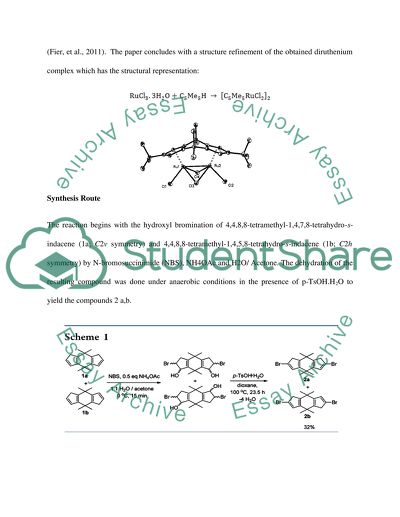Selective Dialkylation of a Doubly Linked Dicyclopentadiene Ligand and Research Paper. Retrieved from https://studentshare.org/chemistry/1440162-selective-dialkylation-of-a-doubly-linked
Selective Dialkylation of a Doubly Linked Dicyclopentadiene Ligand and Research Paper. https://studentshare.org/chemistry/1440162-selective-dialkylation-of-a-doubly-linked.


